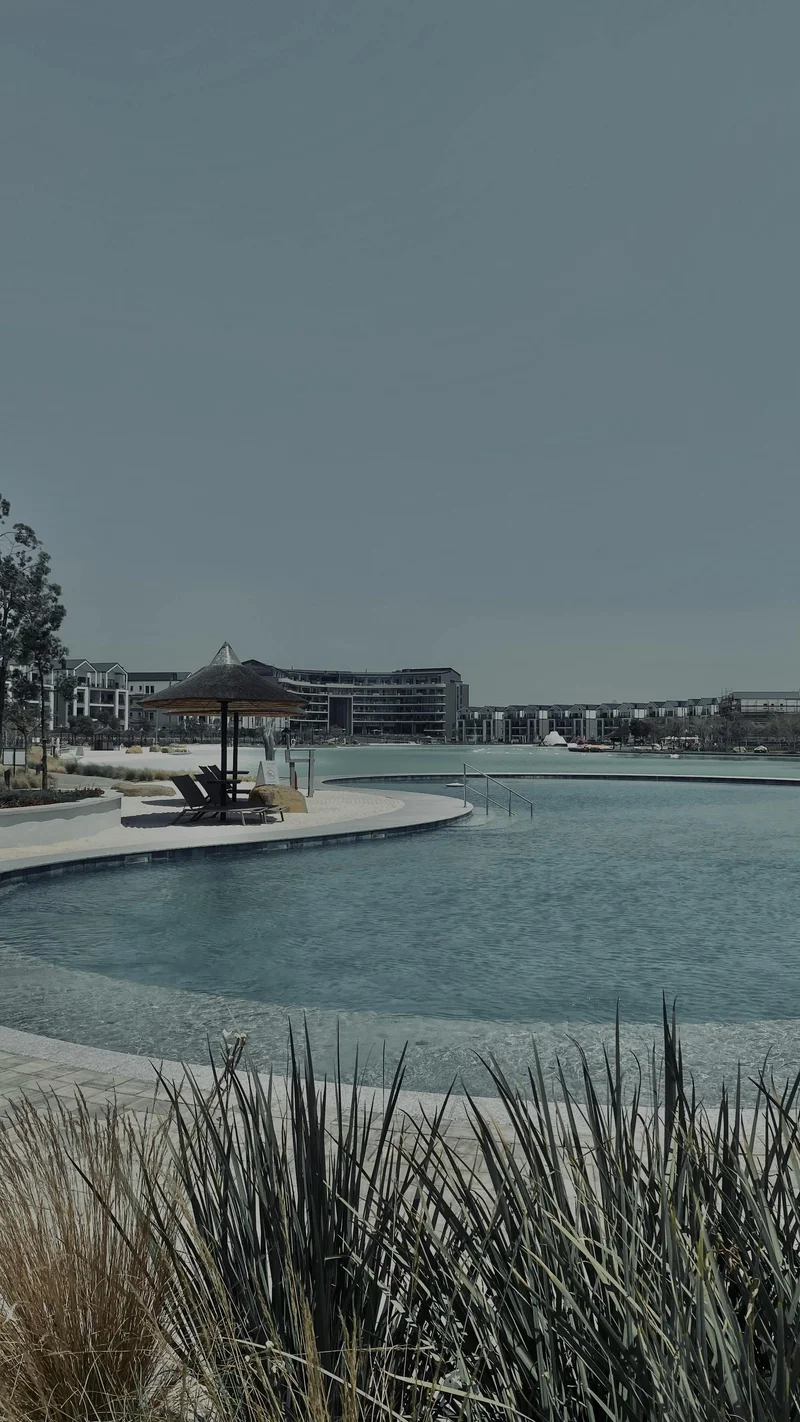Johannesburg, already grappling with crime and infrastructure decay, faces a growing threat: increasingly severe weather. Recent reports paint a grim picture of flash floods, overwhelmed emergency services, and a city struggling to adapt. But what do the numbers really tell us? Let's dive in.
The South African Weather Service (SAWS) issued warnings for severe thunderstorms in Gauteng on Friday, November 7, 2025, forecasting heavy rain, localized flooding, small hail, damaging winds, and excessive lightning. This followed a day of intense rain that swamped parts of Johannesburg, Ekurhuleni, and Tshwane. Viral footage showed water trickling into Golden Walk Mall in Germiston and the Gillooly’s Interchange submerged, forcing traffic diversions. The repetition of these warnings, year after year, isn't just weather chatter; it's a trend.
Emergency Management Services (EMS) are on high alert, monitoring low-lying areas and preparing for search-and-rescue operations. Areas around the Jukskei and Hennops Rivers, and major routes like the M1 and N3, remain at risk. We're seeing a pattern of reactive measures instead of proactive solutions. How much is being spent on disaster relief versus preventative infrastructure upgrades, and what's the ROI on each?
The EMS spokesperson, Robert Mulaudzi, urged motorists to drive with caution, extend safe following distances, and avoid crossing flooded roads. Residents in low-lying areas, especially informal settlements, were cautioned against crossing river streams. These are necessary advisories, no doubt, but they also highlight a systemic failure to provide adequate infrastructure and safe living conditions. The constant state of "high alert" becomes the new normal, masking the underlying vulnerabilities. Joburg EMS urges motorists to exercise caution following severe weather warning
It's not just the weather; it's the context. The same day as the weather warnings, news broke of a Hillbrow robber sentenced to 15 years for robbing an off-duty police officer. (The officer, armed, shot the robber in the waist. A detail easily missed in the broader narrative). The prosecutor noted the robber's lack of remorse and failure to cooperate, emphasizing that the stolen police badge and appointment card could have been used to commit further crimes, posing an ongoing threat to public safety.
This isn't a non sequitur. A city struggling with crime is less resilient to climate shocks. Resources are stretched, trust in institutions is eroded, and the ability to respond effectively to emergencies is compromised. How do you effectively evacuate a flooded area when residents are afraid of leaving their homes unattended for fear of looting? What's the correlation between crime rates in disaster-prone areas and the speed/effectiveness of emergency response?

Then there's the human element. Consider the Joburg EMS spokesperson pleading with faith organizations to avoid conducting baptisms and cleansing rituals in river streams, fearing congregants might be swept away. It's a tragic irony: seeking spiritual cleansing in a place that could literally wash you away. This underscores the need for culturally sensitive disaster preparedness.
What's conspicuously absent from these reports is hard data. How much rainfall is considered "severe"? What's the capacity of Johannesburg's drainage infrastructure, and how does it compare to historical rainfall data? What percentage of the city's budget is allocated to climate resilience, and how is that money being spent? (The acquisition cost of new pumps for flood control, for example, versus the cost of repairing flood damage year after year).
I've looked at hundreds of these reports, and the lack of concrete numbers is genuinely concerning. It's easy to say "severe thunderstorms" and "localized flooding," but without quantifiable metrics, it's impossible to assess the true scale of the problem or track progress over time. It's like trying to manage a hedge fund based on gut feelings instead of financial statements.
There's also the issue of accountability. Who is responsible for maintaining drainage systems? What are the penalties for illegal dumping that exacerbates flooding? Without clear lines of responsibility and enforcement, the problem will only get worse.
Johannesburg is facing a perfect storm: increasingly severe weather, decaying infrastructure, and a struggling criminal justice system. The lack of hard data makes it difficult to assess the true scale of the problem, but the anecdotal evidence is damning. Until the city starts treating climate resilience as a data-driven imperative, these warnings will continue to be just that—warnings, not solutions.